The verses kept urging me to go to the high and sharp mountains to learn about the round zither on the border. It was not by chance that the poet Po Sao Min put the image of the round zither in the poem, but it is the soul of the Pa Di people, the pride of the Pa Di people in the Muong land.
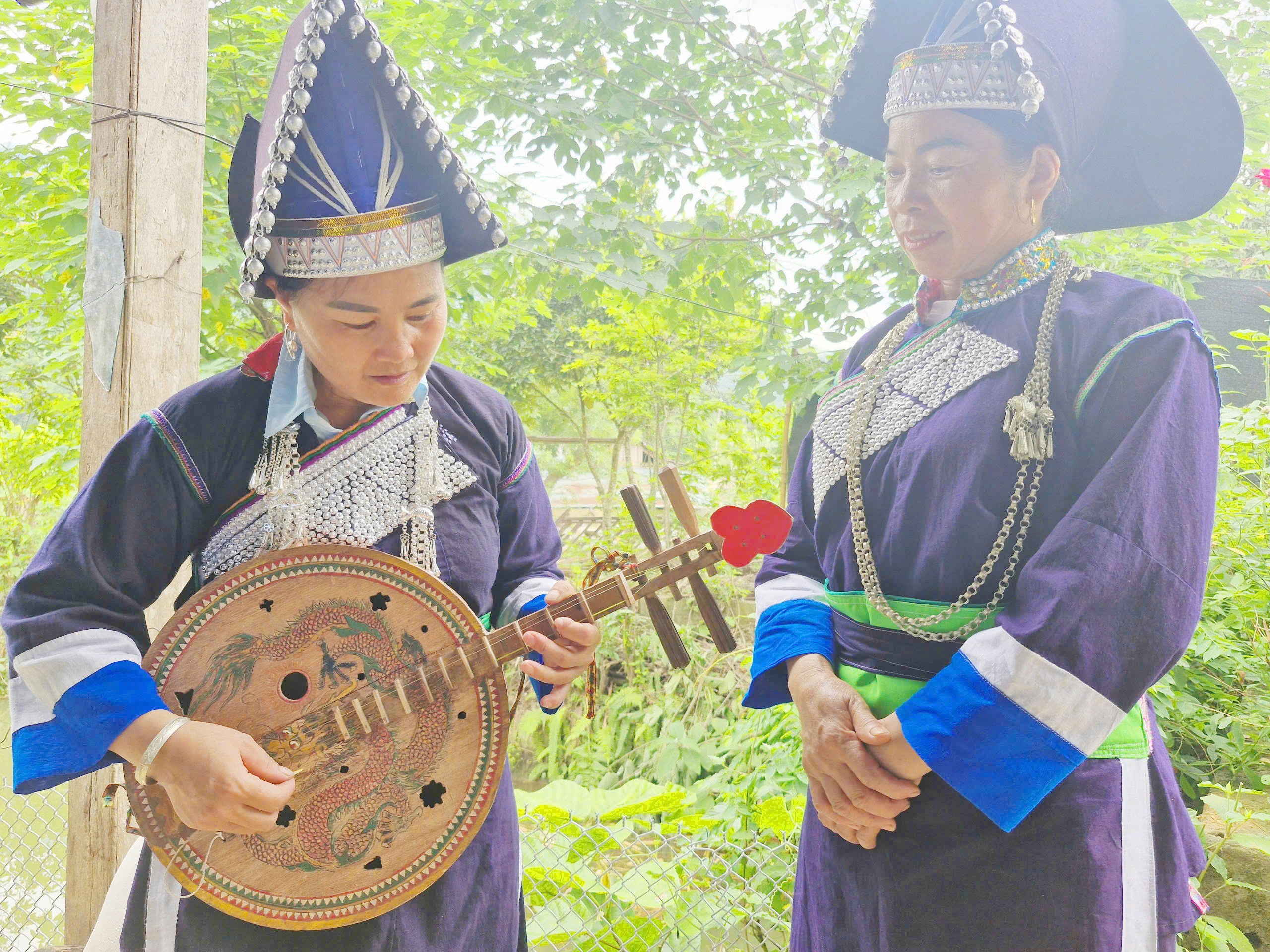
85 years ago, some Pa Di households in Tung Chung Pho moved to Lung Vai area (now Ban Lau commune) to reclaim land and settle down. On the new land called Ban Sinh, the Pa Di people overcame countless hardships, turning the land full of reeds into a prosperous village with green tea hills, rice fields full of flowers, and golden pineapple hills in the season of ripe fruit. And today, Ban Sinh is like a mountain town with spacious high-rise buildings, the life of the Pa Di people is increasingly prosperous.
Beside the rice fields full of rice in Ban Sinh, Ms. Phu Thi Phuong and other Pa Di women in the village wear traditional costumes with black shirts, silver bracelets, and hats shaped like the roof of a folk theater, praising the beauty of their homeland.
Holding the round instrument - the traditional musical instrument of the Pa Di people, Ms. Phuong said: When singing Pa Di folk songs, the round instrument is indispensable. The sound of the instrument and the singing blend together to fully express the beauty of Pa Di folk songs. For the Pa Di people, wherever they go, they always bring the round instrument to play and sing in their free time, during national holidays.

I noticed that the instrument Ms. Phuong was holding had a round surface like the moon. The instrument had 4 strings, and on the surface was painted and carved a flying dragon. The wooden neck was about 40cm long, the top of the neck was decorated with a piece of wood shaped like a heart.
Ms. Phuong said, according to the Pa Di people's concept, the dragon symbolizes strength, luck, and prosperity, so in the past, when making a round instrument, the elders carved a dragon on it, making the neck of the instrument look like a dragon's head, with the hope that when the instrument sounds, it will bring joy, prosperity, and happiness. There are round instruments carved with only one dragon, and there are also instruments carved with two flying dragons, accompanied by many patterns forming a circular border on the instrument's surface.
Leaving the land of Ban Sinh, I crossed the long slopes to the mountain town of Muong Khuong. In Chung Chai B village, Muong Khuong commune (formerly Muong Khuong town), when mentioning the Pa Di people who know how to play musical instruments well and sing the best in the region, everyone knows the artist Po Chin Din.
Mrs. Din said that since I was little, I had been listening to her and my mother's folk songs, so my love for folk songs has been in my blood since I was a child. Especially, when I was 15 years old, I knew how to play the round instrument and sing folk songs of the nation.
According to artist Po Chin Din, no matter what folk song is sung, the round instrument is indispensable. The sound of the instrument resonates, the folk lyrics fly up with the sound of the instrument, sweet and soulful.
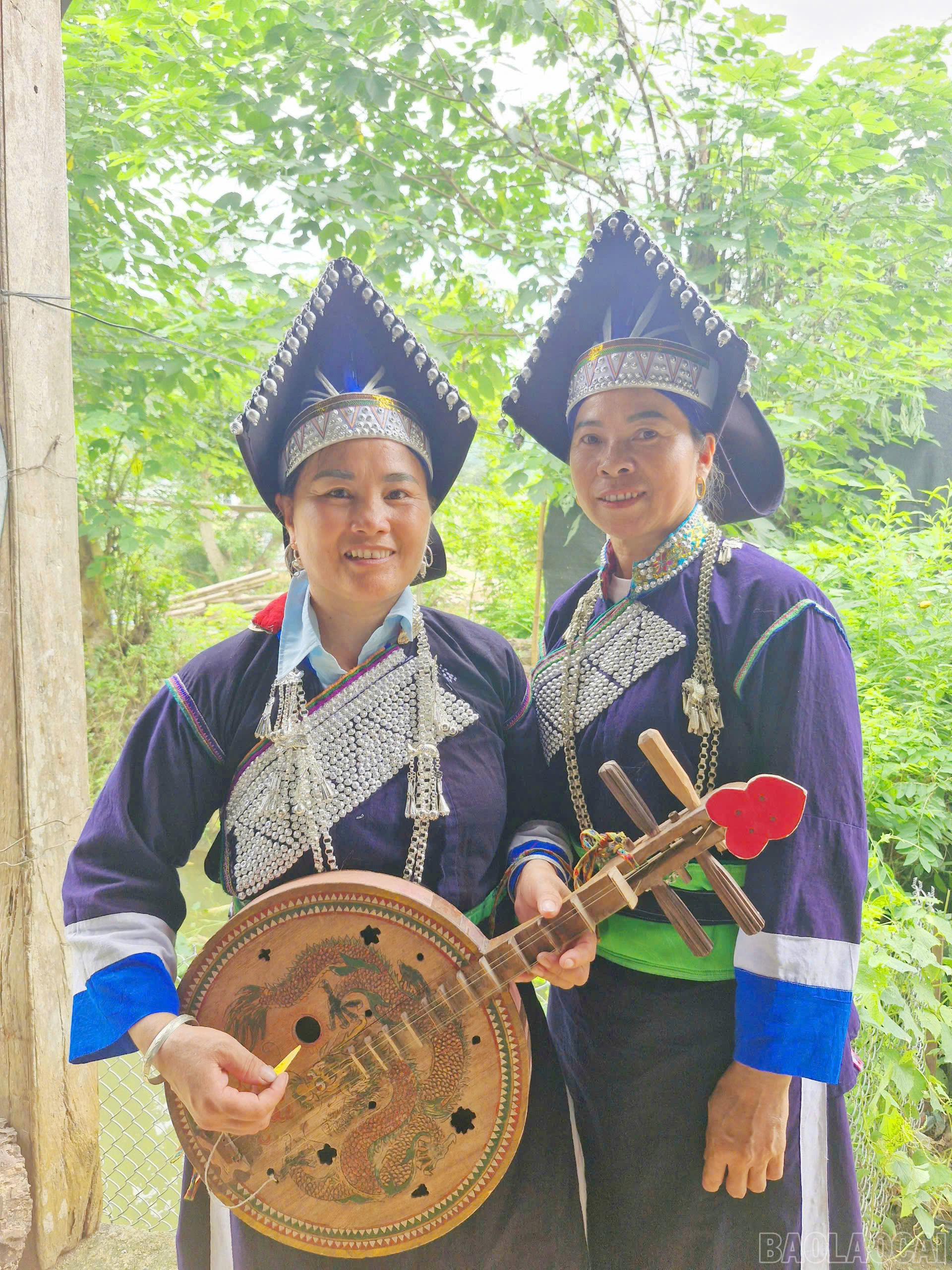
In the story about the round instrument and folk songs of the Pa Di people, artist Po Chin Din shared that the Pa Di people's folk songs are very rich but it is very difficult to translate the meaning of ancient song lyrics into common language. Along with lullabies, love songs, and songs sung at weddings, there are also folk songs praising the beauty of the homeland and country, singing about daily work such as: January sings about planting corn, February sings about planting beans, March sings about Thanh Minh festival, April sings about sowing rice...
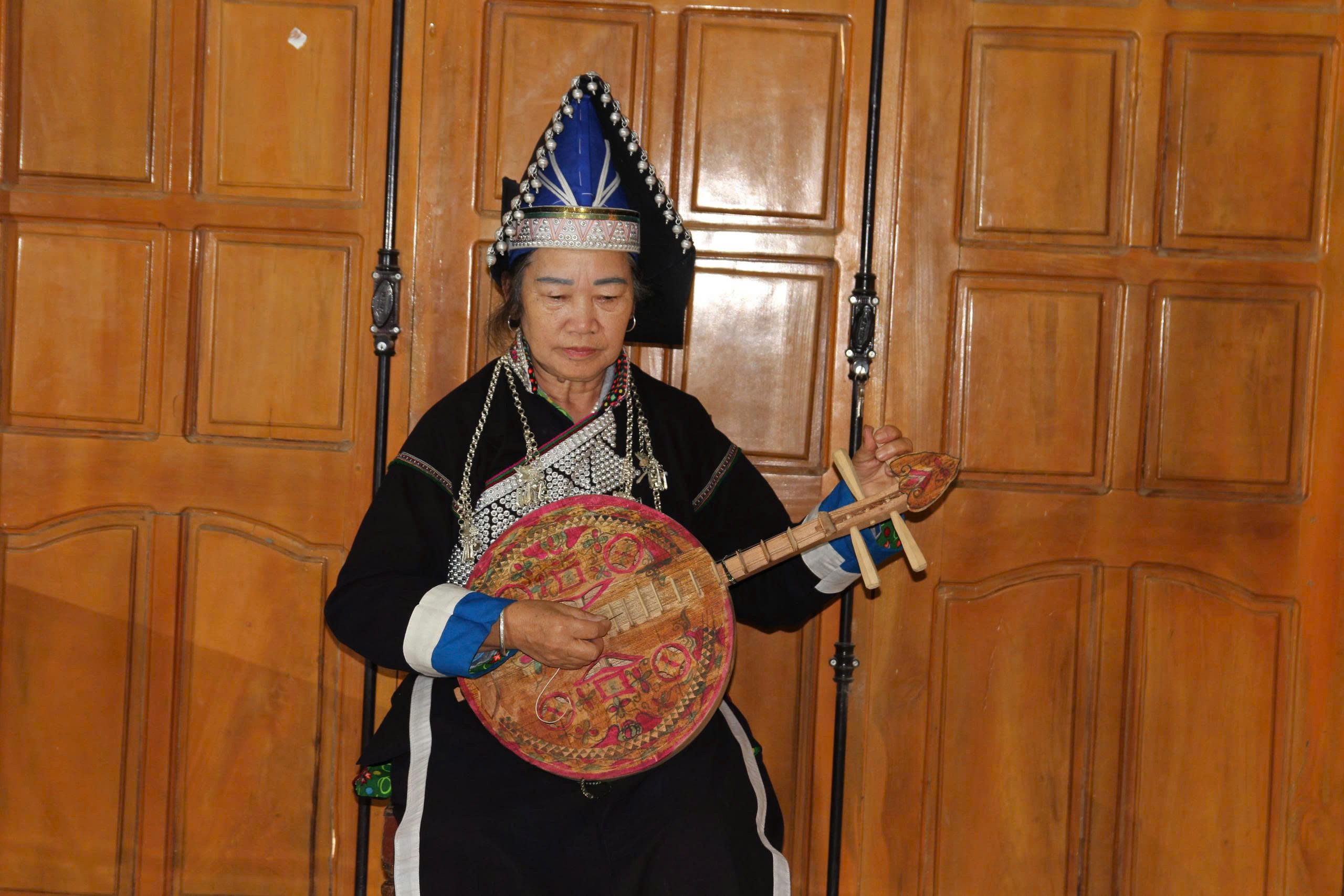
In addition, in the song “Twelve Months”, the Pa Di people sing about flowers: “In January peach blossoms bloom, in February fragrant flowers bloom, in March chrysanthemums bloom…, in May the upper fields are plowed, the lower fields are harrowed, in June the rice plants bloom…, in September golden rice flowers bloom, in October stone flowers bloom…, in December welcomes guests home”. In the song there are flowers that are not named in common language so they cannot be translated.
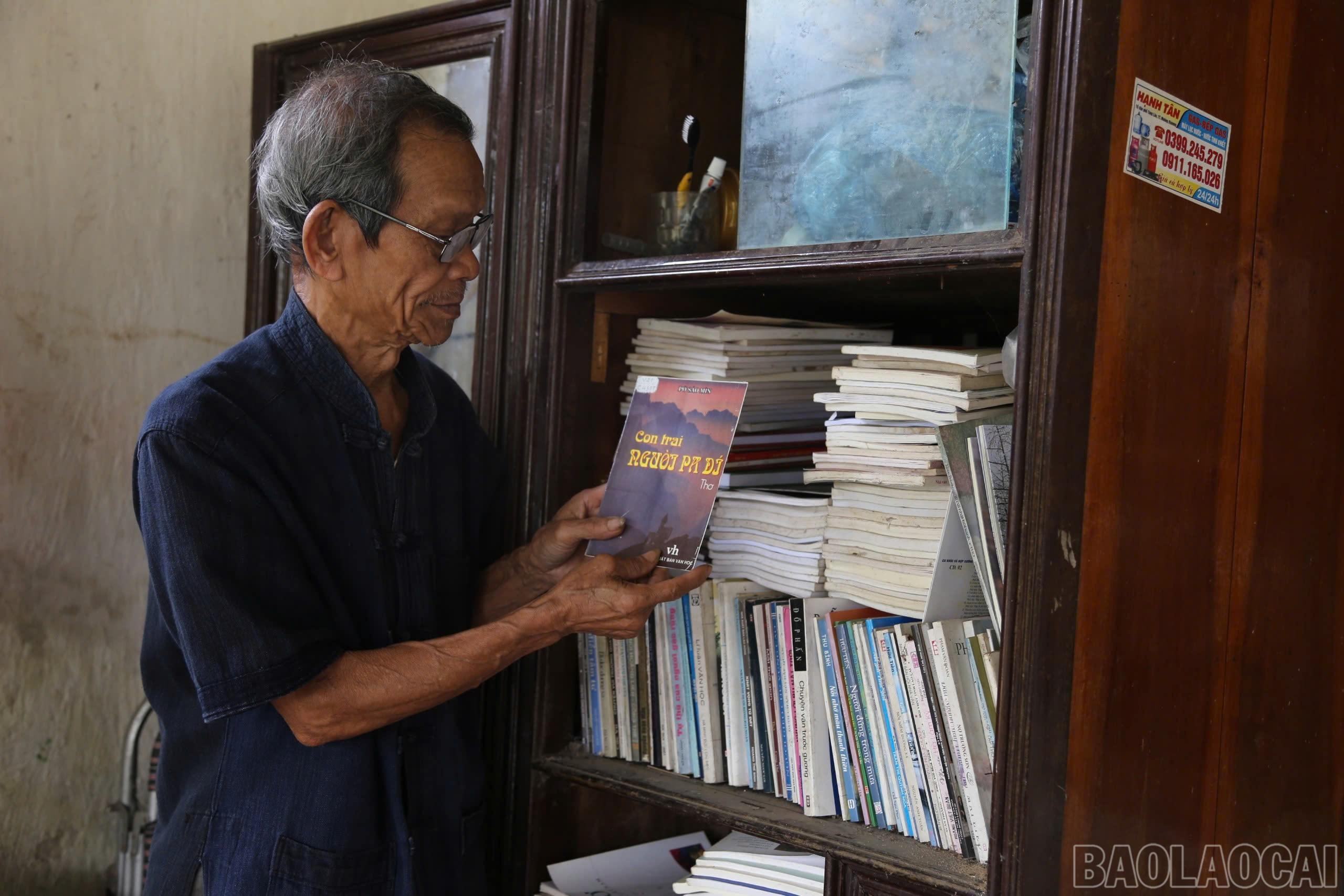
Having the opportunity to visit Muong Khuong, I met poet Po Sao Min, a Pa Di ethnic, who composed the famous poem “The Tree of Two Thousand Leaves”. Despite his old age, poet Po Sao Min still diligently writes poetry, deeply concerned with the national culture.
Poet Po Sao Min said that the round instrument is the “soul” of the Pa Di people, and folk songs are the essence of the Pa Di people. However, up to now, in the Muong region, there are only a few elderly artisans who know how to play the round instrument and sing folk songs. Mrs. Thao Phung Din and Mrs. Thao Phung Chan are both over 70 years old, and their singing voices are not as strong as before. Mrs. Po Chin Din and Tung Cha Sen are also over 60 years old. In the Muong region, there are no people who know how to make round instruments. The young Pa Di people are not interested in folk songs. Therefore, preserving Pa Di folk songs is very difficult.
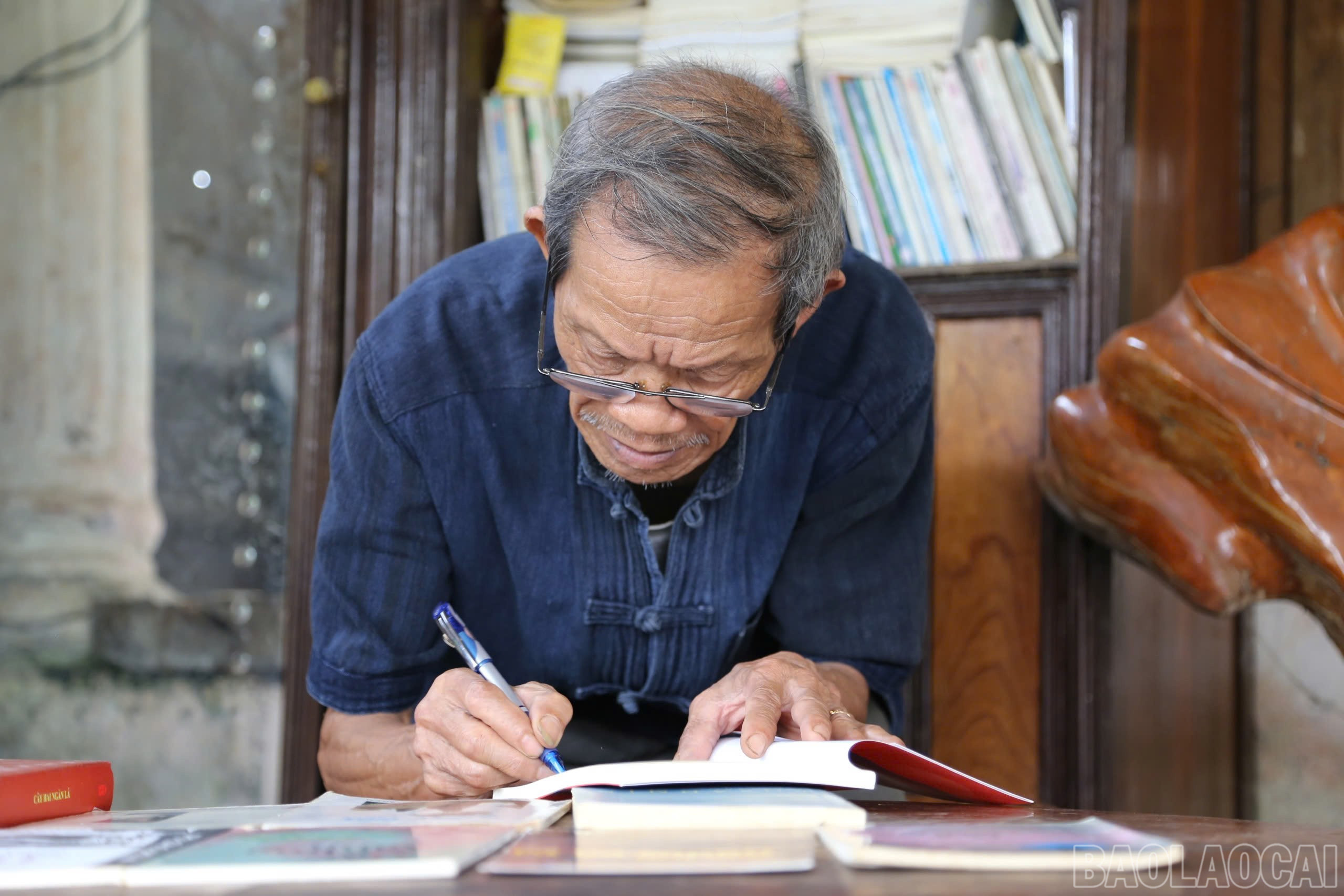
For poet Po Sao Min, his love for cultural identity, his love for the round instrument and folk songs were put into his poems, including the song “My country is green with a round instrument” composed by musician Trong Dai. In the poem, the image of the round instrument symbolizes the beauty of the homeland, the peaceful country that returns again and again as a source of pride:
"Muong Khuong is very green, the sky is very green
Green border very green breath
Like the full moon, like the warm morning sun
My homeland is green with a round melody
There is a red east
My country is green with a round melody.
I left the Muong land when the late afternoon sunlight cast a fan-like beam through the jagged rock crevices, pouring down into the lush green valley. On the winding slope, Pa Di women returning from the fields were chatting and humming the song: "Let's go, sisters, let's go together/Carry green trees home to compost/The compost is to fertilize the corn and rice to grow well/So we can have a prosperous life..."
Source: https://baolaocai.vn/cung-dan-tron-nguoi-pa-di-post648331.html



![[Photo] Ho Chi Minh City Youth Take Action for a Cleaner Environment](https://vphoto.vietnam.vn/thumb/1200x675/vietnam/resource/IMAGE/2025/11/04/1762233574890_550816358-1108586934787014-6430522970717297480-n-1-jpg.webp)

![[Photo] Panorama of the Patriotic Emulation Congress of Nhan Dan Newspaper for the period 2025-2030](https://vphoto.vietnam.vn/thumb/1200x675/vietnam/resource/IMAGE/2025/11/04/1762252775462_ndo_br_dhthiduayeuncbaond-6125-jpg.webp)
![[Photo] Ca Mau "struggling" to cope with the highest tide of the year, forecast to exceed alert level 3](https://vphoto.vietnam.vn/thumb/1200x675/vietnam/resource/IMAGE/2025/11/04/1762235371445_ndo_br_trieu-cuong-2-6486-jpg.webp)
![[Photo] The road connecting Dong Nai with Ho Chi Minh City is still unfinished after 5 years of construction.](https://vphoto.vietnam.vn/thumb/1200x675/vietnam/resource/IMAGE/2025/11/04/1762241675985_ndo_br_dji-20251104104418-0635-d-resize-1295-jpg.webp)
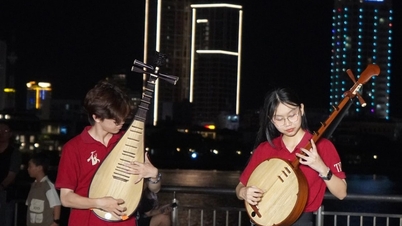

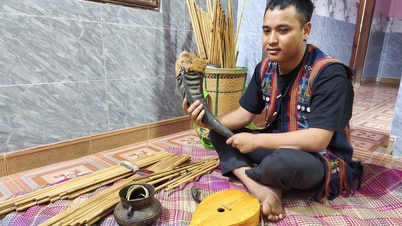



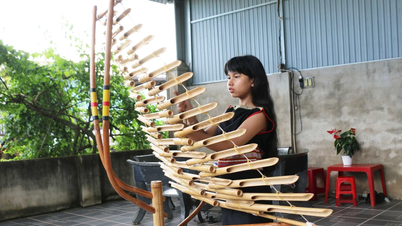

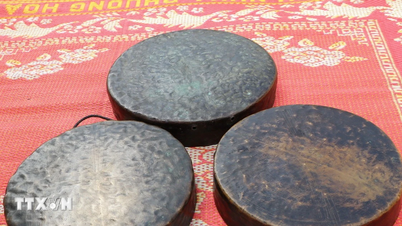





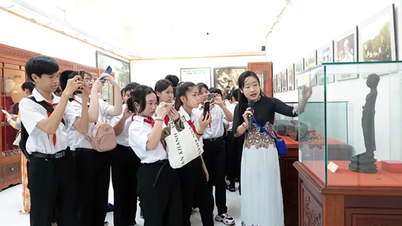


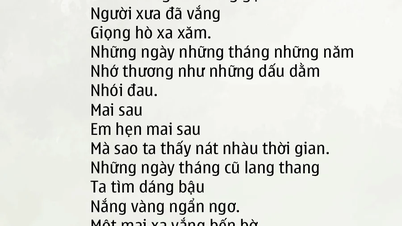



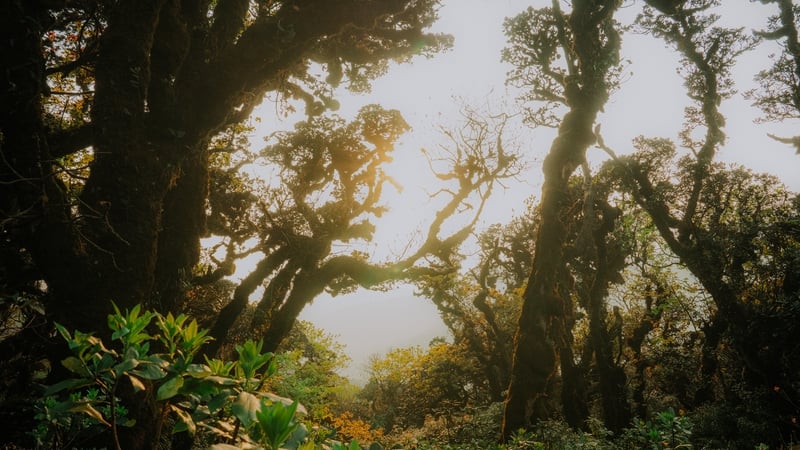







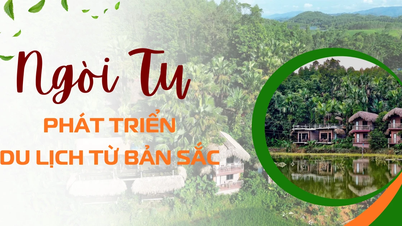

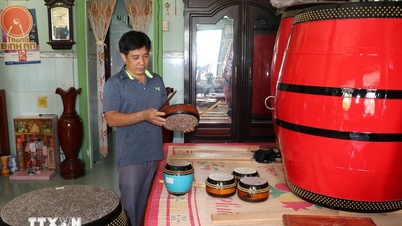
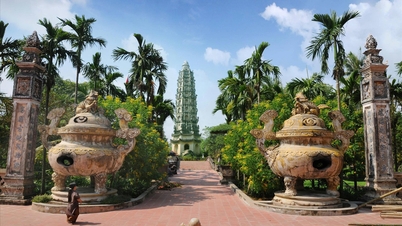


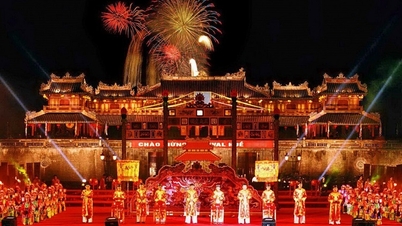

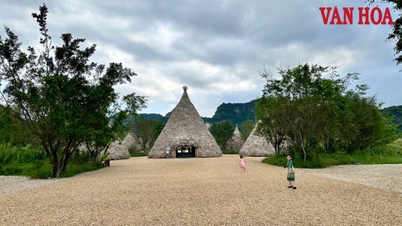

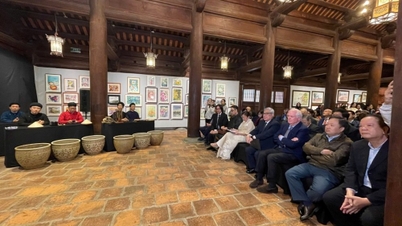




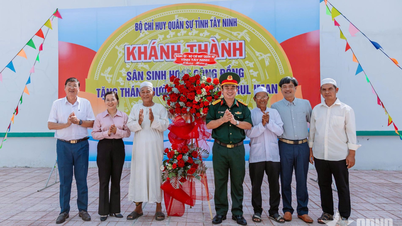





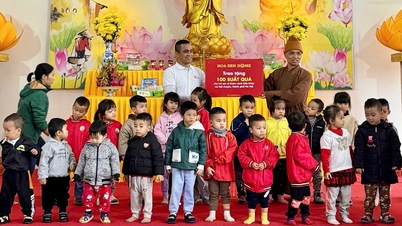

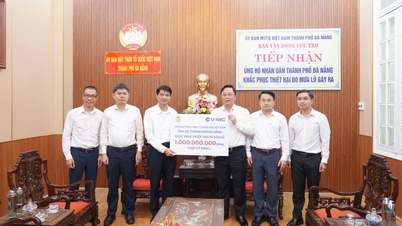


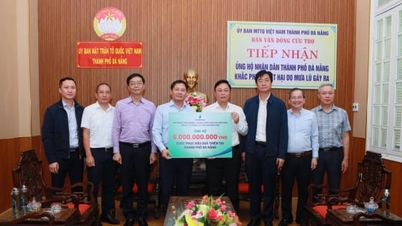















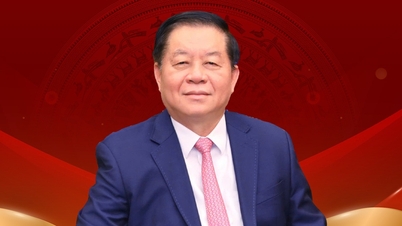

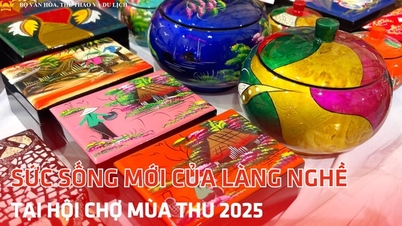



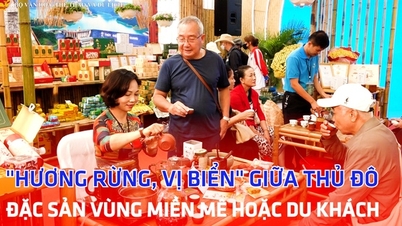









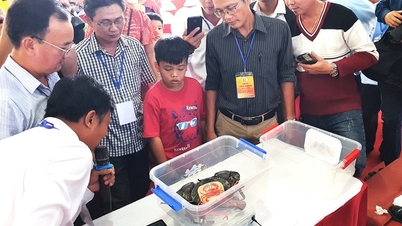













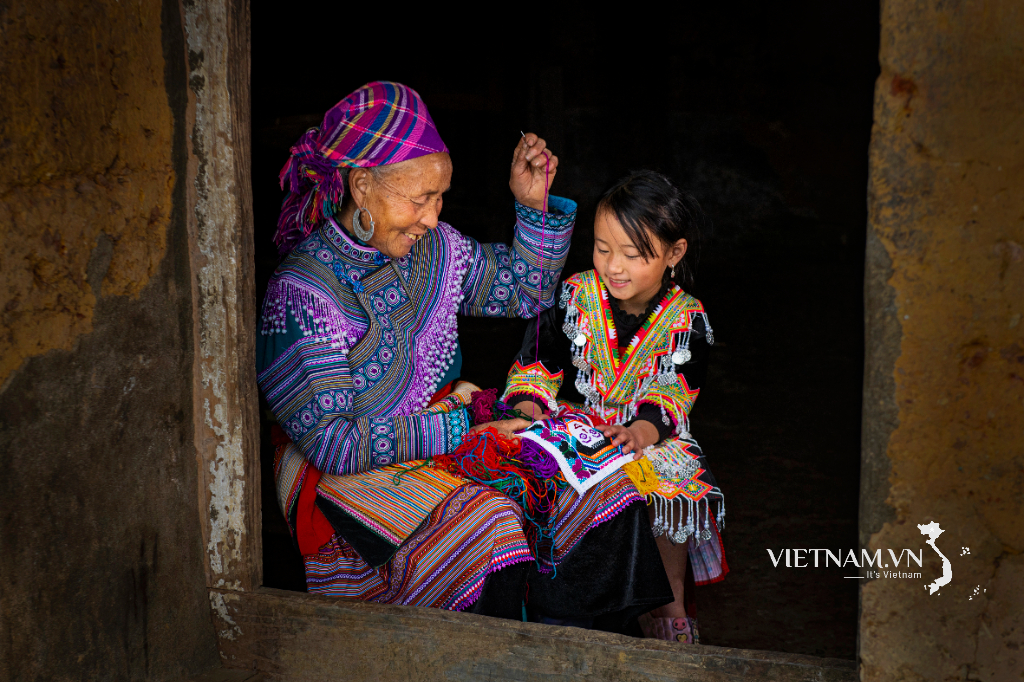

Comment (0)